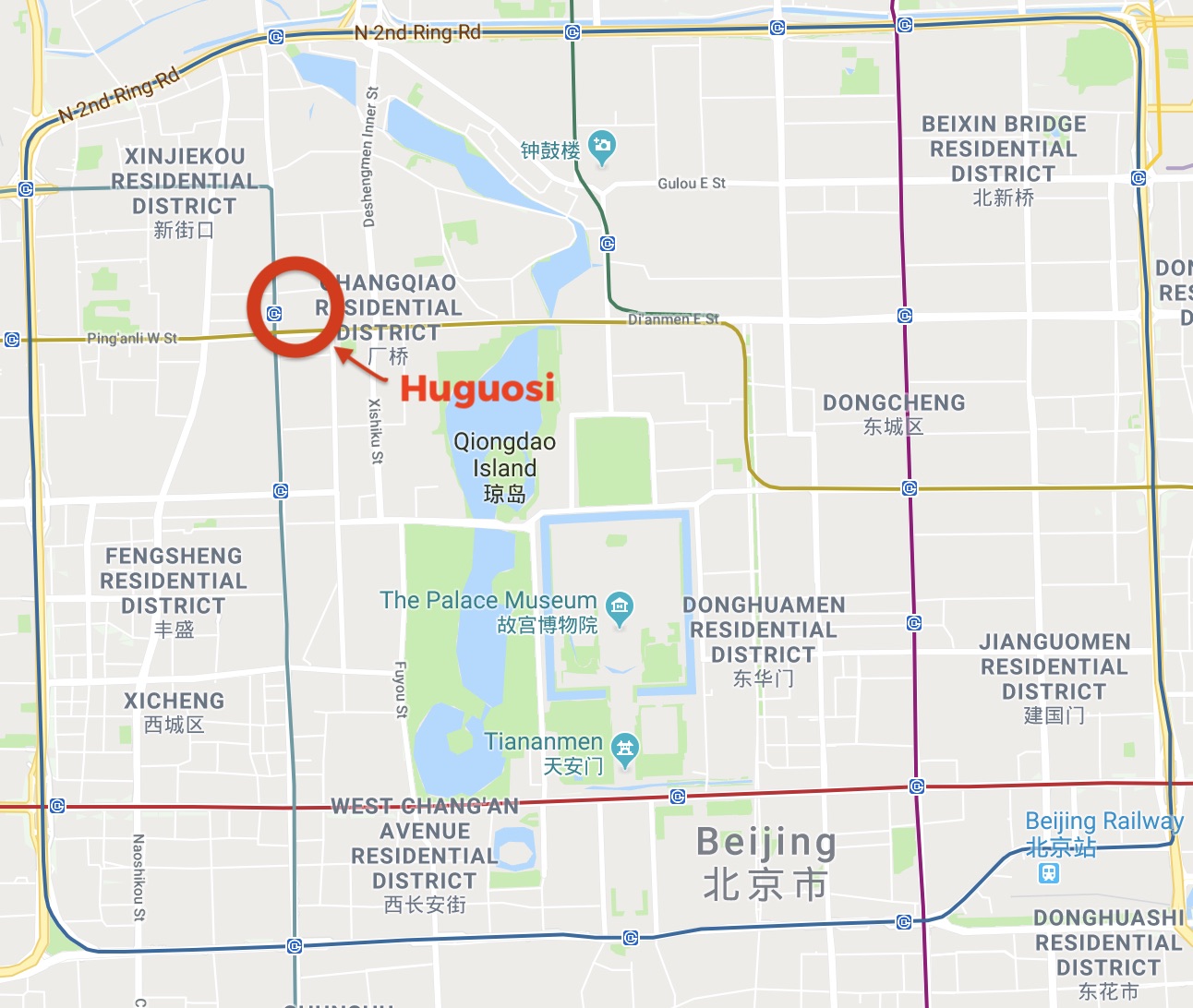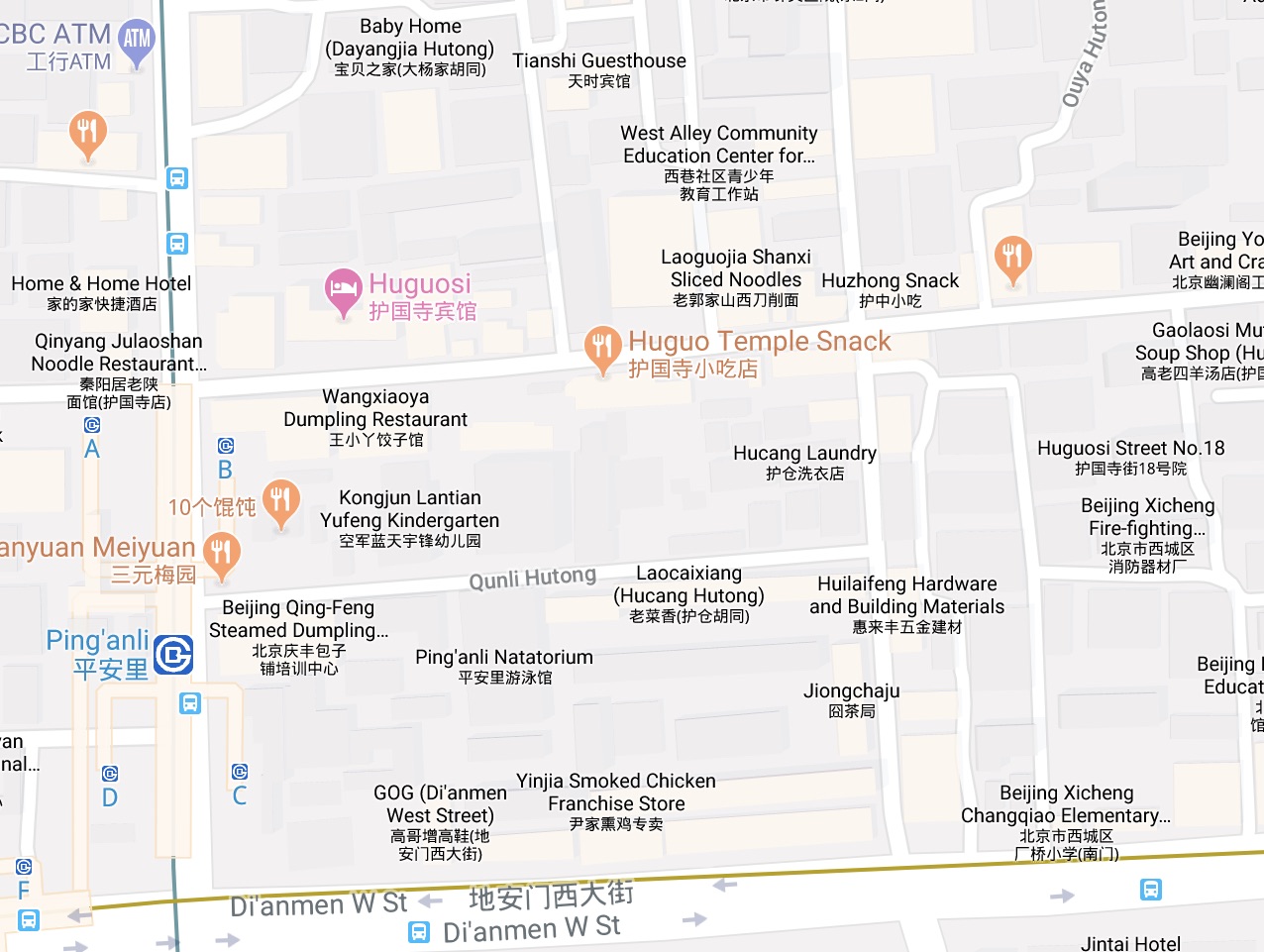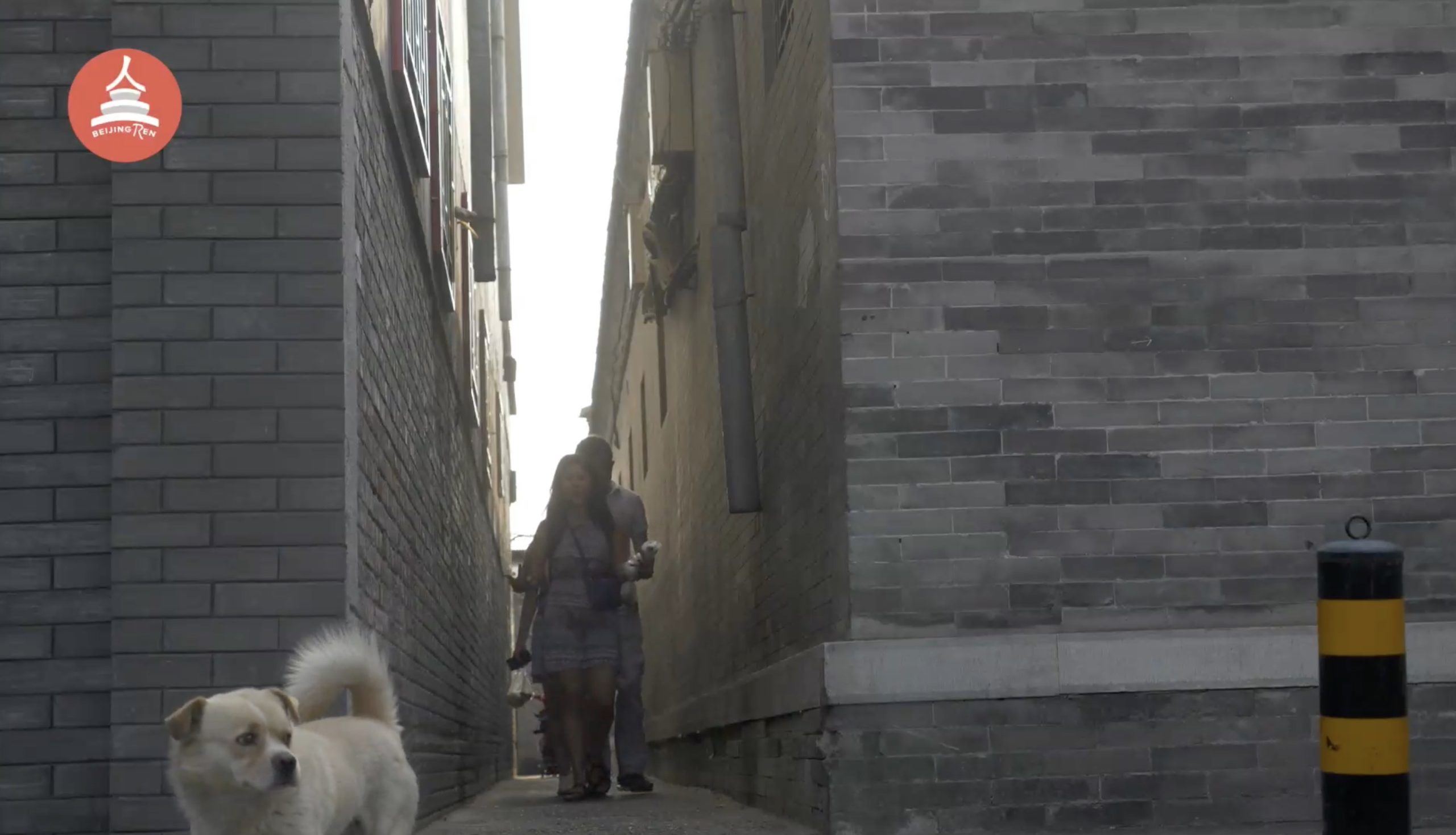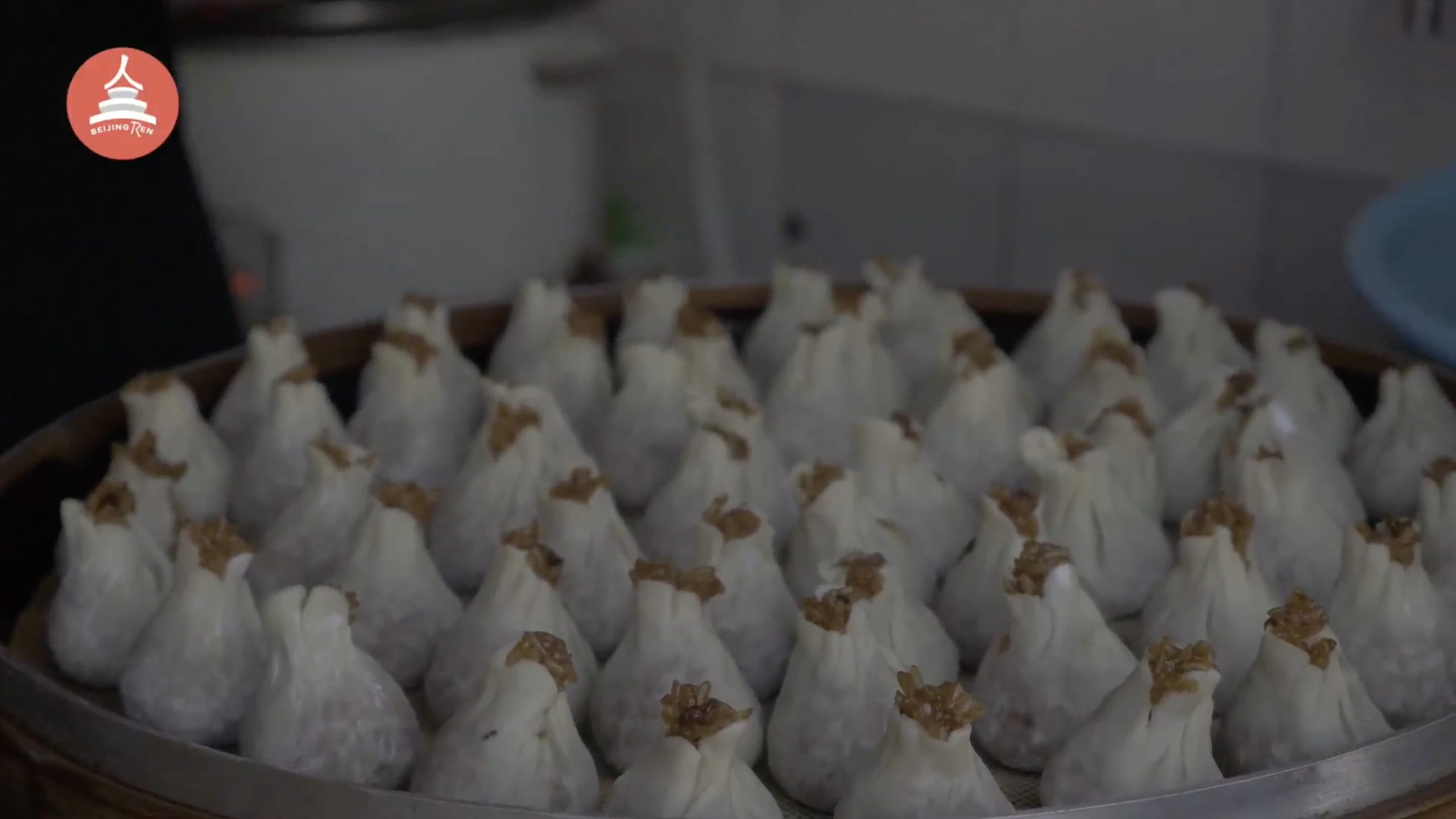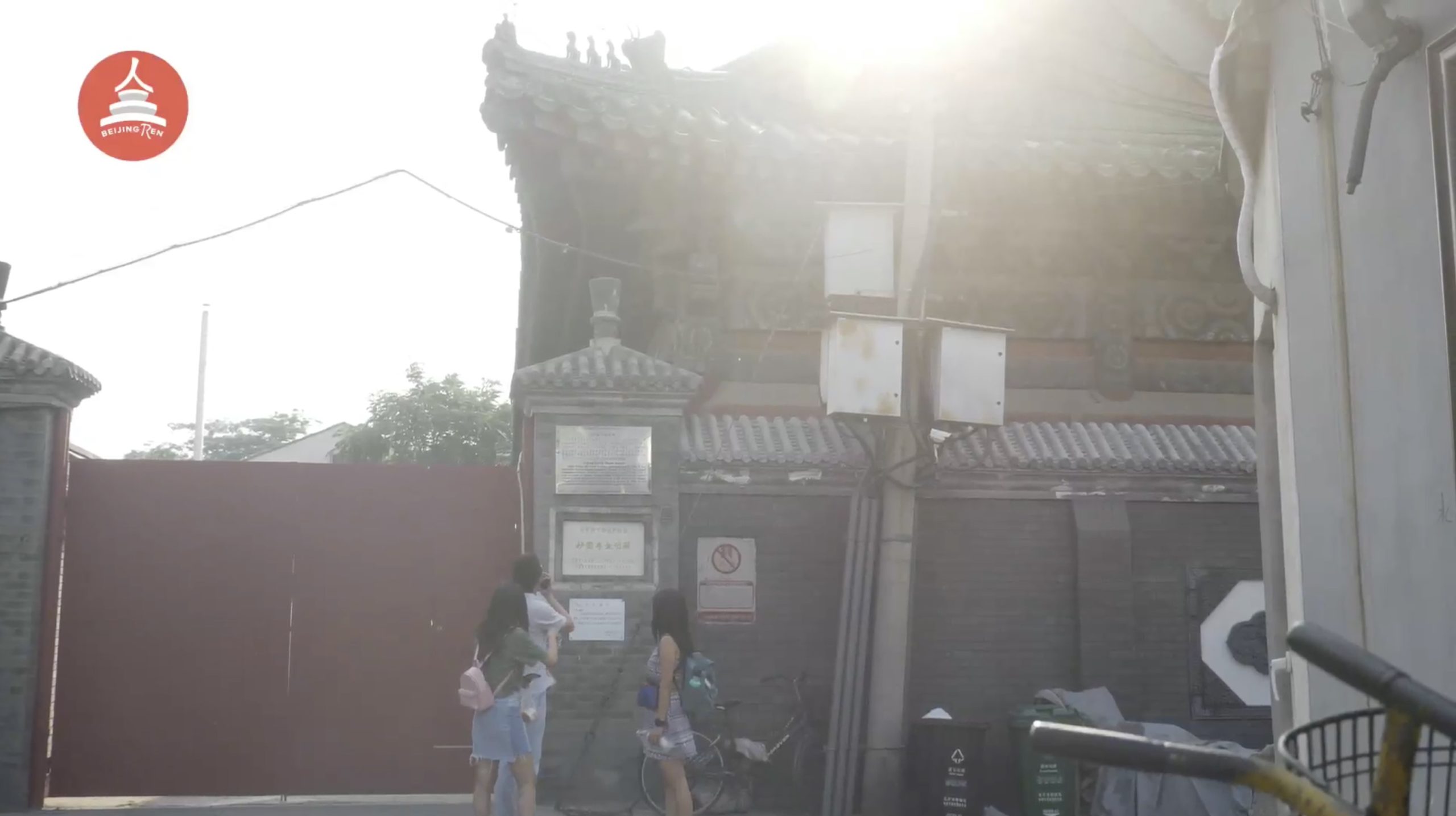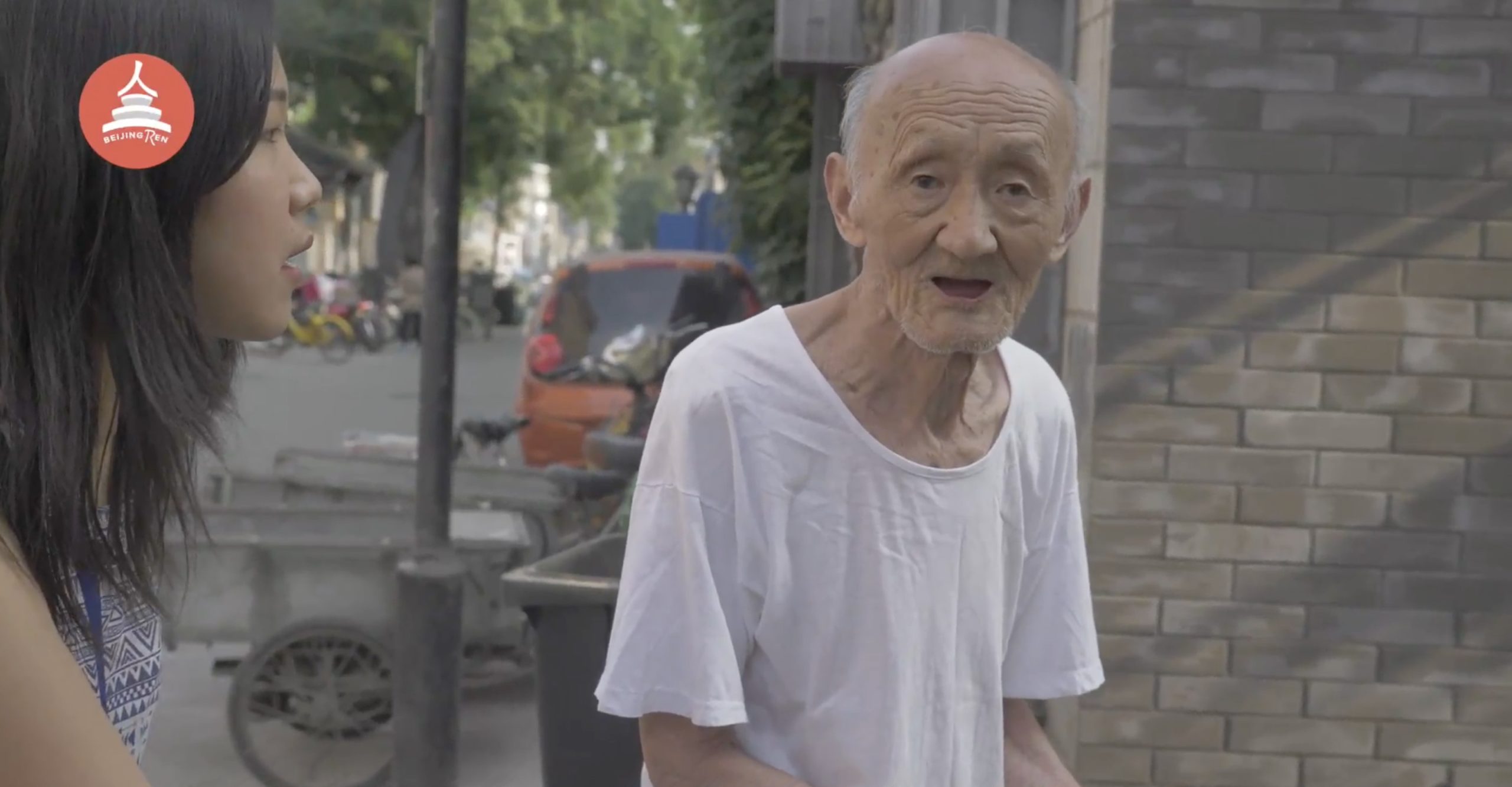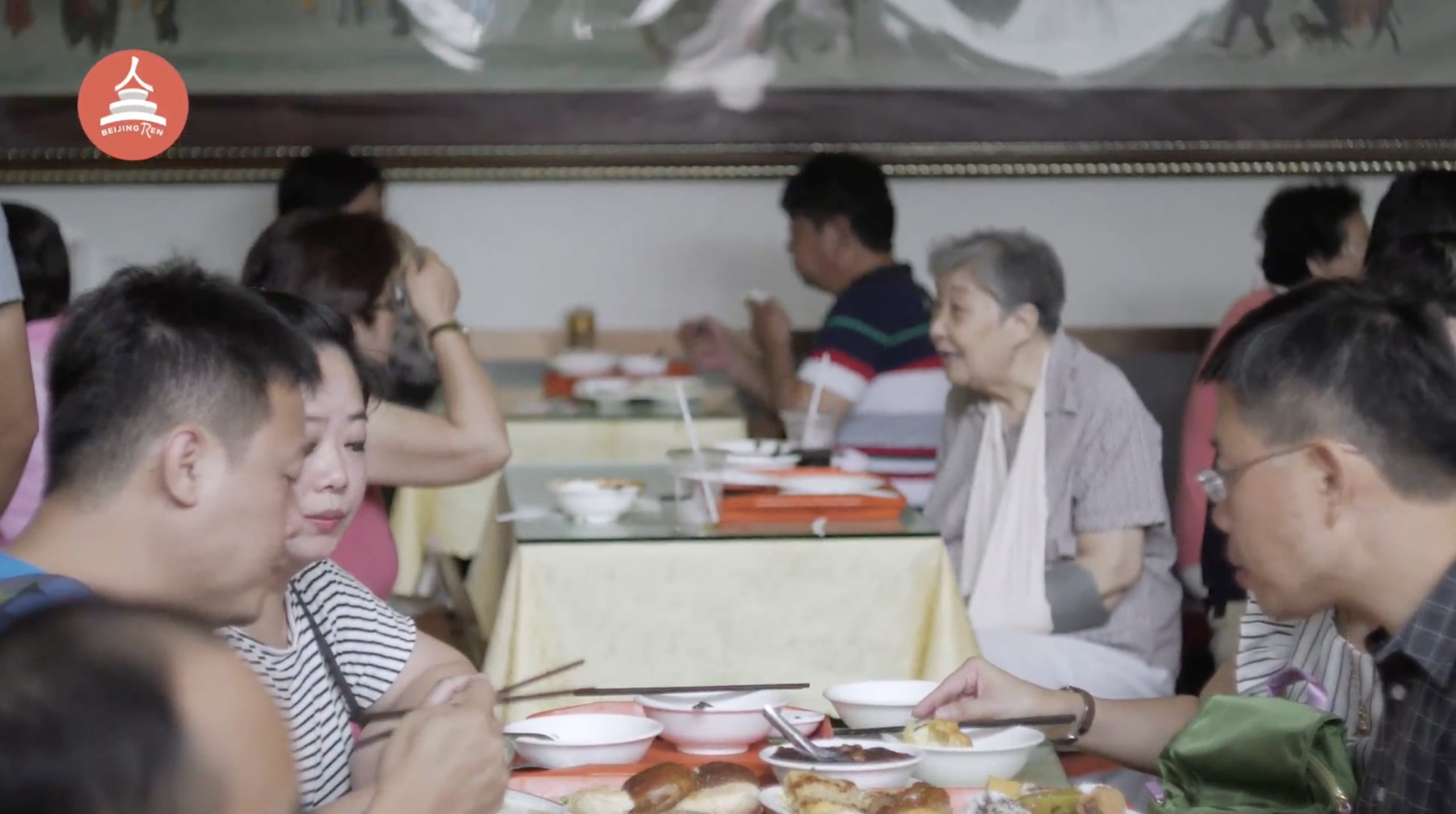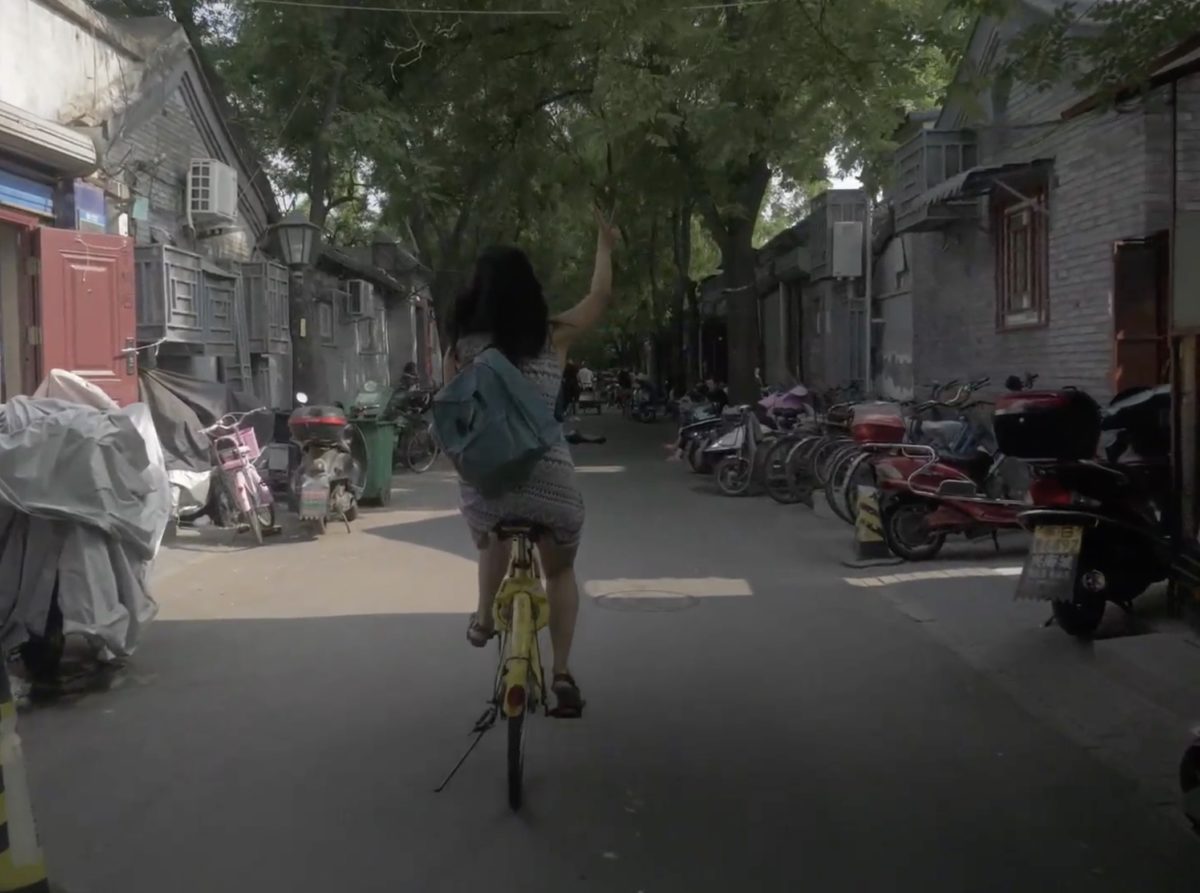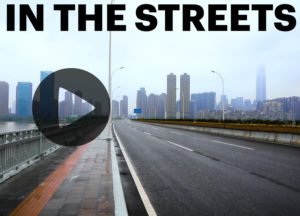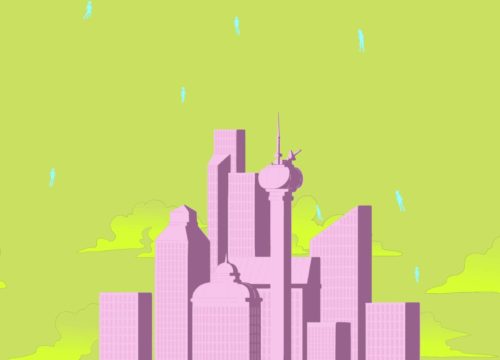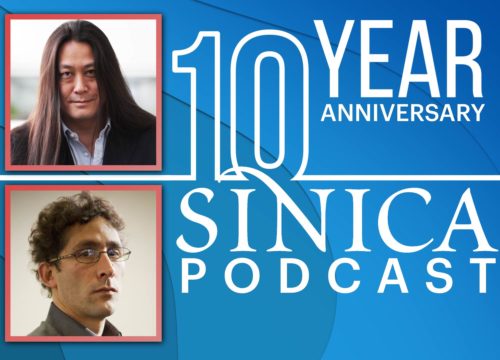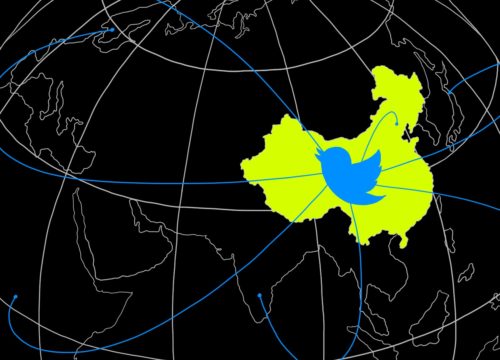Beijing Ren: The Old Beijing charms and traditions of Huguosi
Beijing Ren is a video series documenting local contemporary Beijing life and culture.

A short walk from Houhai 后海 in central Beijing is an area of ancient alleyways vibrant with local history and culture. In name, it’s still known by the nearest city gate, Deshengmen 德胜门 (Gate of Virtuous Triumph), that once enclosed it, and an old temple, Huguosi 护国寺, that barely stands today.
The temple’s legacy, however, is also what has made the area popular for centuries: food. More specifically, street food. Huguosi — or Huguo Temple (huguo meaning “protect country”) — was once a large complex that consisted of eight halls. It was where military commanders came to pray before a war. Only one of these halls has survived, and is not accessible to the public, but the food scene that originated at the site centuries ago in the form of temple fairs still persists in modern manifestations today.
Go past Prince Gong’s Mansion (恭王府 gōng wáng fǔ) just west of the lake and you quickly come to a street named after the temple, 护国寺大街 (hùguósì dàjiē), a long lane once lined with snack vendors on temple fair days. For Huguosi, this could be as many as six times a month. Today, while most temples only hold fairs during Chinese New Year, back in the day, individual temples held their own fairs throughout the year, which meant there would be food, antiques, and/or knickknacks.
More recently, one of the biggest food produce markets in the capital, Sihuan Market (in Chinese: 润得立菜市场 rùndé lìcài shìchǎng), stood a few minutes’ walk from the old temple. For 15 years, this market provided locals with fresh fruit, veggies, meat, and all the knickknacks one needs for urban living. Running alongside it were restaurants and shops that continued the traditional snacks culture that once made the area vibrant and drew Beijing’s masses.
The market is now gone — and more may be disappearing along with it.
When Sihuan Market closed at the end of 2014, stall owners poured into the narrow lanes next to it, just east of the old temple. Mianhua Hutong 棉花胡同, or Cotton Wool Alley, bustled with vendors selling fresh and cooked produce and regional specialties — including all the baozi 包子 (dumpings) and bing 饼 (bread) you could cycle away with.
Toward the north end of Mianhua Hutong, a man from Xinjiang once made oven-baked, hand-knead flatbreads at speed and sold them through a window in the wall, half-obscured by a big tree. Fresh noodles and cooked choices were also available. The latter still exists along the alley today, but the flatbread man is gone.
Recent citywide changes to “clean up” Beijing (some refer to it as the beautification campaign; others use the word “de-population”) has removed clutter and some of the city’s eyesores. Illegal buildings and haphazard structures have been knocked down in the name of safety. Many makeshift building extensions and illegal modifications are being removed for the same reason.
But the campaign is also causing inner-city neighborhoods to lose their character. Smaller shops have been bricked up and vendors shooed away.
Can Huguosi — a vivid cross-section of history, culture, and living in the 21st century — survive the restorations, demolition, and increasing commercialization? To say nothing of Starbucks…
Will it transform into a soulless shopping street like Nanluoguxiang 南锣鼓巷, which was an alley brimming with character until city authorities renovated it in order to draw more foot traffic and tourists? For the grandfather who gets his 6 am breakfast at the local Huguosi cafe every day to the dad just popping in to take something away, let’s hope not.

Beijing Ren will return next Thursday!
Next:
